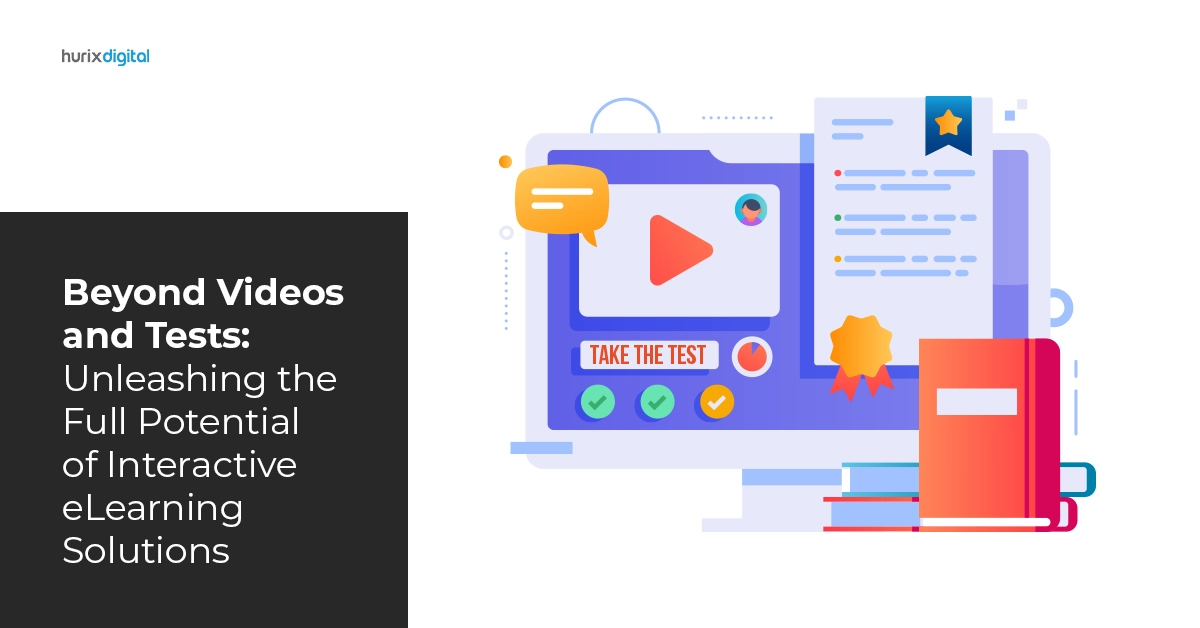The emergence of digitization, as a prominent pedagogic tool, has brought about a significant transformation in the contemporary educational landscape. More and more universities, across the world, have started abandoning the traditional academic architectures that heavily rely on one-way knowledge transfers.
Instead, they have begun utilizing the collaborative, transparent & innovative digital systems, in order to contextualize knowledge, improve access, encourage interaction and thus, facilitate learning. As a result, the infiltration of sophisticated technologies within the realm of education has increased by leaps and bounds.
This is where Online Education Programs come into the picture. So much so, that the e-learning market is currently expected to surpass a massive amount of $243 million by 2022!
In such a scenario, it becomes extremely important to understand how different academic institutions like schools, colleges and universities can reap great benefits by offering a wide variety of immersive, engaging and student-oriented, online education programs. Here are 10 Advantages of e-Learning in higher education over Traditional Methods.
Table of Contents:
Here’s a list of reasons why online education programs can prove to be much more successful and profitable as compared to their regular, classroom counterparts -

1. Greater Reach
Conventional classroom courses tend to have a very finite and limited reach. They can cater to the needs of only those students who are either physically present in the classroom or are located in geographic proximity to the university.
However, online education programs can help universities solve any such issues of inclusivity and access immediately. Owing to their flexibility, convenience and distance neutrality, these programs can cater to a large and diverse set of audience, while enhancing the overall quality of education. Here’s How Online Programs are Transforming Higher Education Learning.
2. Competitive Advantage
According to a 2011 study by the Pew Research Center, almost 91% institutes of higher education worldwide, are presently offering online courses. This means that if universities are to stay in the education business, they need to attract more students through comprehensive online courses.
By including these online courses in their wide-ranging curriculum, these universities won’t just be able to deliver personalized and interactive lessons, but they will also gain a decisive competitive edge over others in the fray. Here are 10 Reasons Every University Must Invest in Online Program Development.
3. Expansion Opportunities
Digitization is largely considered to be one of the best ways to expand your territory without actually incurring any physical or financial constraints. A digital expansion can increase the size of your audience, improve the quality of your service and push you to the top of the technology proficiency pile. Even in the case of institutions, the benefits of digitization work in the very same way.
Pervasive online offerings permit universities to expand their virtual networks without exhausting their resource capacities. They can use these courses to connect to different students, augment their educational focus and thereby, deliver better academic results. In the longer run, this improves the university’s overall track record while enhancing both their eminence and credibility.
4. Cost-Effectiveness
Regular classroom courses are known far and wide for being costly and resource intensive. That is to say that these courses require a lot of investment in terms of hiring teachers, building classrooms, purchasing equipment, providing course materials and arranging accommodations. As a result, the expenses involved in running these traditional courses start shooting over the roof.
Offering online education programs can easily help universities solve such issues of financial restraints. These programs merely require a one-time investment in setting up some basic technological equipment. Once that is done, the university can use these resources in perpetuity, in order to provide unique, specialized and professional academic courses. Here’s How to Create the Best Online Courses for Higher Education.
5. Greener Footprint
The Open University of UK recently conducted a study that analyzed the carbon footprint of all major educational institutions in the country. The results revealed that traditional classroom training methods were primarily responsible for increasing the total energy consumption levels of most universities. This was because these age-old systems were found to be paper-based and power exhaustive.
On the other hand, the study felicitated digital educational tactics for leaving a greener environmental footprint. The e-learning methods were found to lower carbon dioxide emissions by almost 85% while reducing an institution’s total energy consumption by as much as 90%! Consequently, the adoption of digitized academic programs was propounded as a much cleaner, greener and eco-friendlier option as compared to regular classroom approaches. Here are 10 Best Practices in Online Course Development
6. Fulfilling Demands
The demands and expectations of the professional job market are currently changing on an everyday basis. Therefore, most students are looking to enroll in courses that harbor the potential to cater to their specific needs and meet their precise requirements. Traditional classroom methods, however, cannot satisfy the needs of this increasingly assertive tribe. The only way to meet such demands is by offering expansive and credible online education programs.
These online programs can provide an engaging, enriching, and imaginative experience to all their subscribers, without compromising on the quality of education. Moreover, these programs can meet the needs of students as effectively as they can cater to the wants of mid-career professionals and veterans. So, whether it is about teaching a new subject, upskilling professionals, or adapting to new developments – e-learning can enable universities to become the one-stop source for all educational efforts. Here are 10 Reasons Why Institutions Should invest in Online Learning Programs.
The Way Forward
The rise of various digital formats in the near term is slowly going to bring about a complete democracy in knowledge retrieval, collation and disbursal. It isn’t just expected to trigger a plethora of potentially disruptive academic changes, but it is also likely to usher in a new era that thrives on both, educational efficiency and institutional transparency.
In times like these, online education programs remain the only tool that can help universities strike a perfect balance between academic learning and experiential insights. These programs, backed by the power of digitization, enable universities to scale resources and improve results while empowering them to create more dynamic, unique and futuristic educational systems.
In case you want to know more about e-learning solutions and the content driven transformation that they initiate on every platform, format and device – click here.
Suggested Reads:
- 10 Tips to Select the Best Online Course Development Partner
- Top Online Learning Development and Delivery Tools
- Why Should You Outsource Your Content Development
- The Making of Future-proof Online Learning Programs and Courses
- 9 Reasons for the Growth of eLearning in Education
- Best Practices for Effective Online Course Development
Need to know more about our Products & Services? Drop us a Note.











